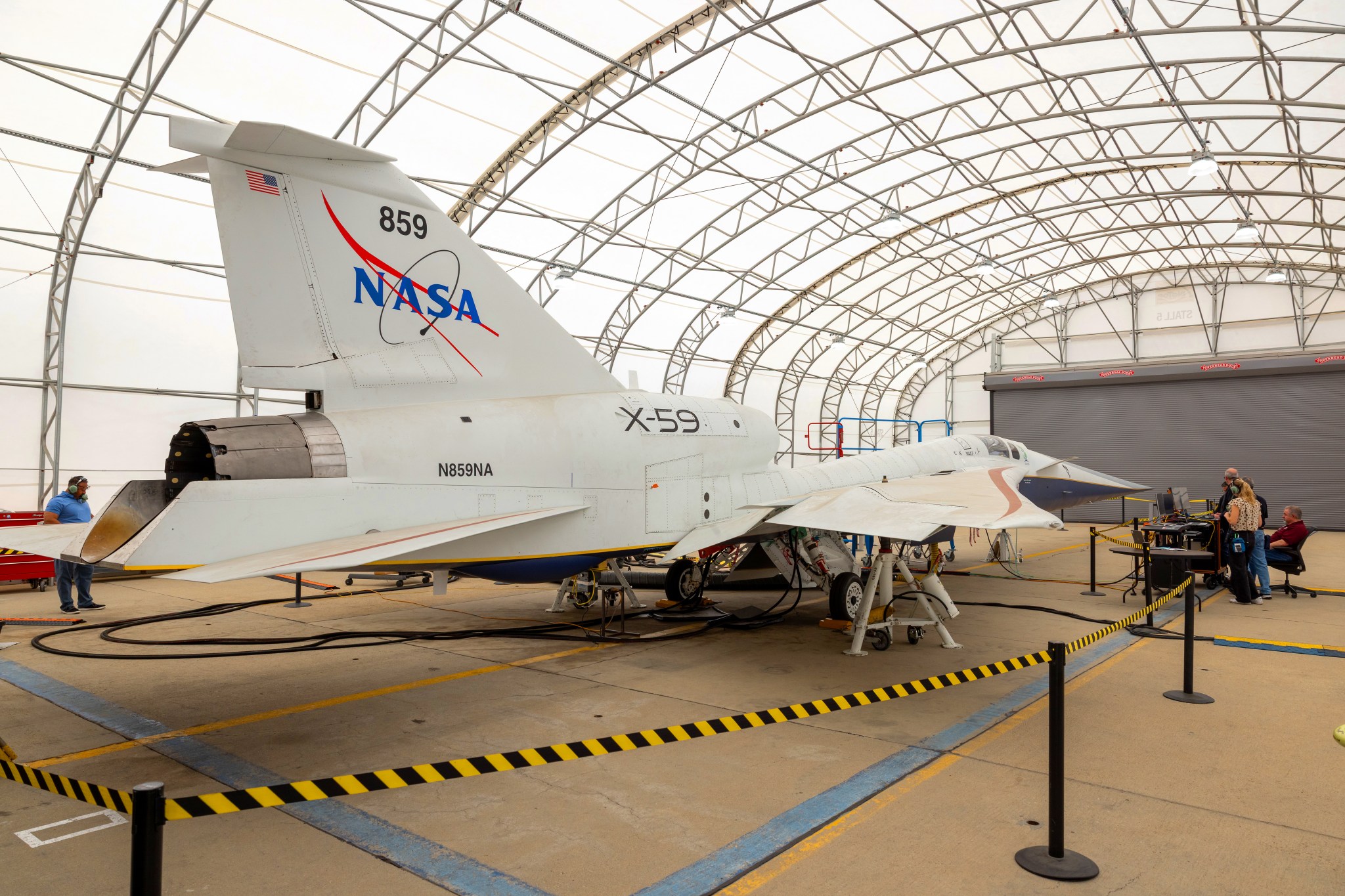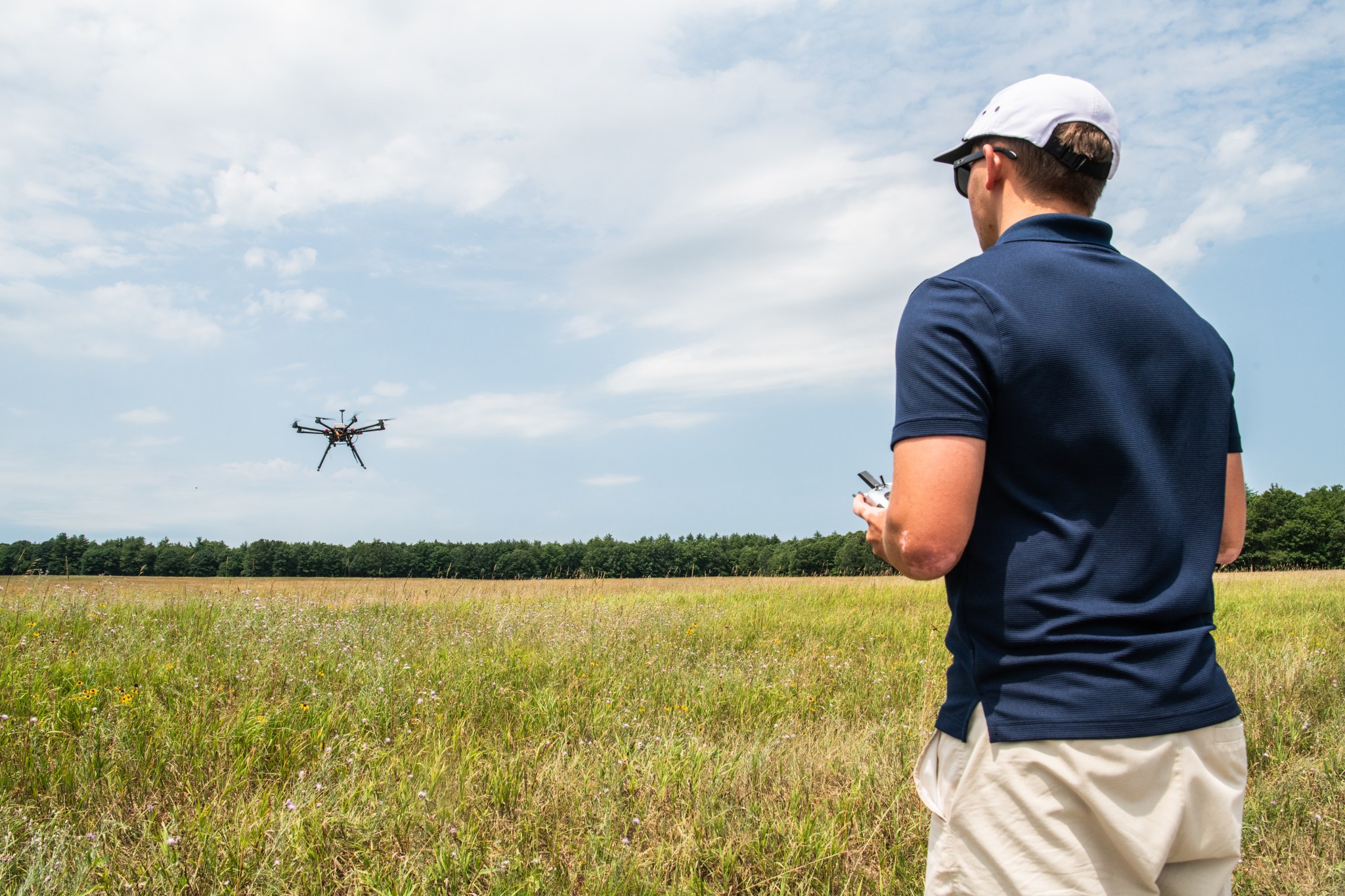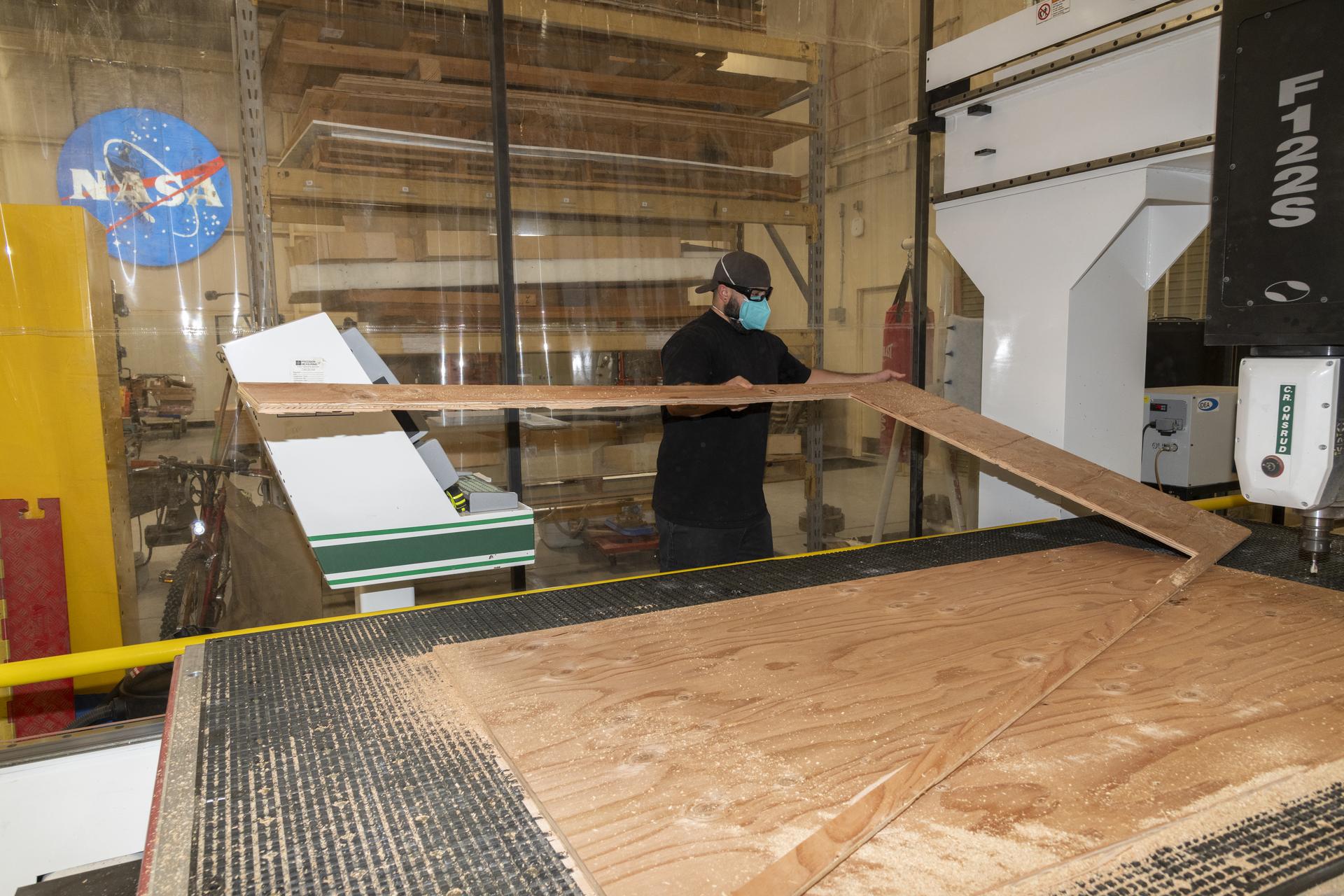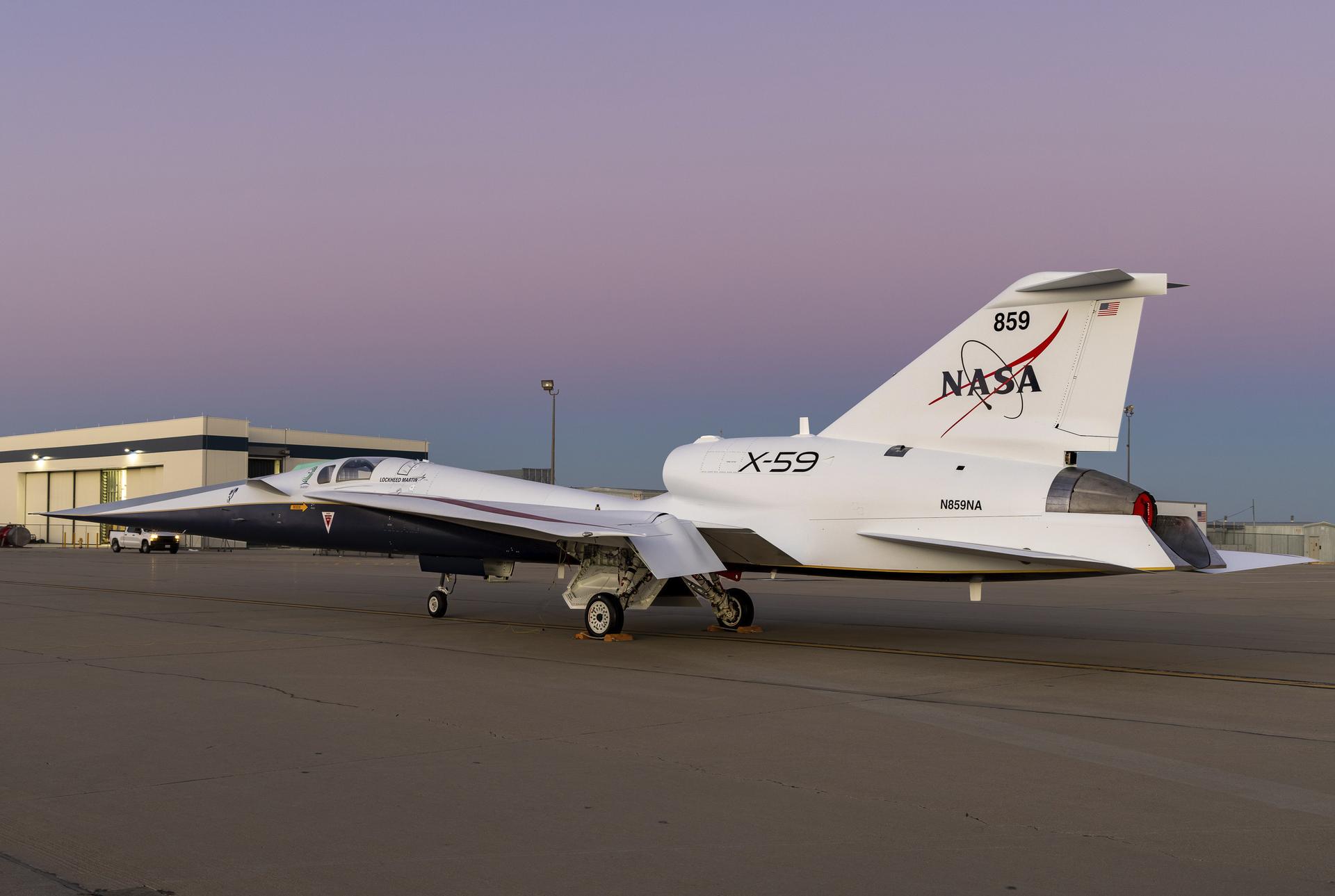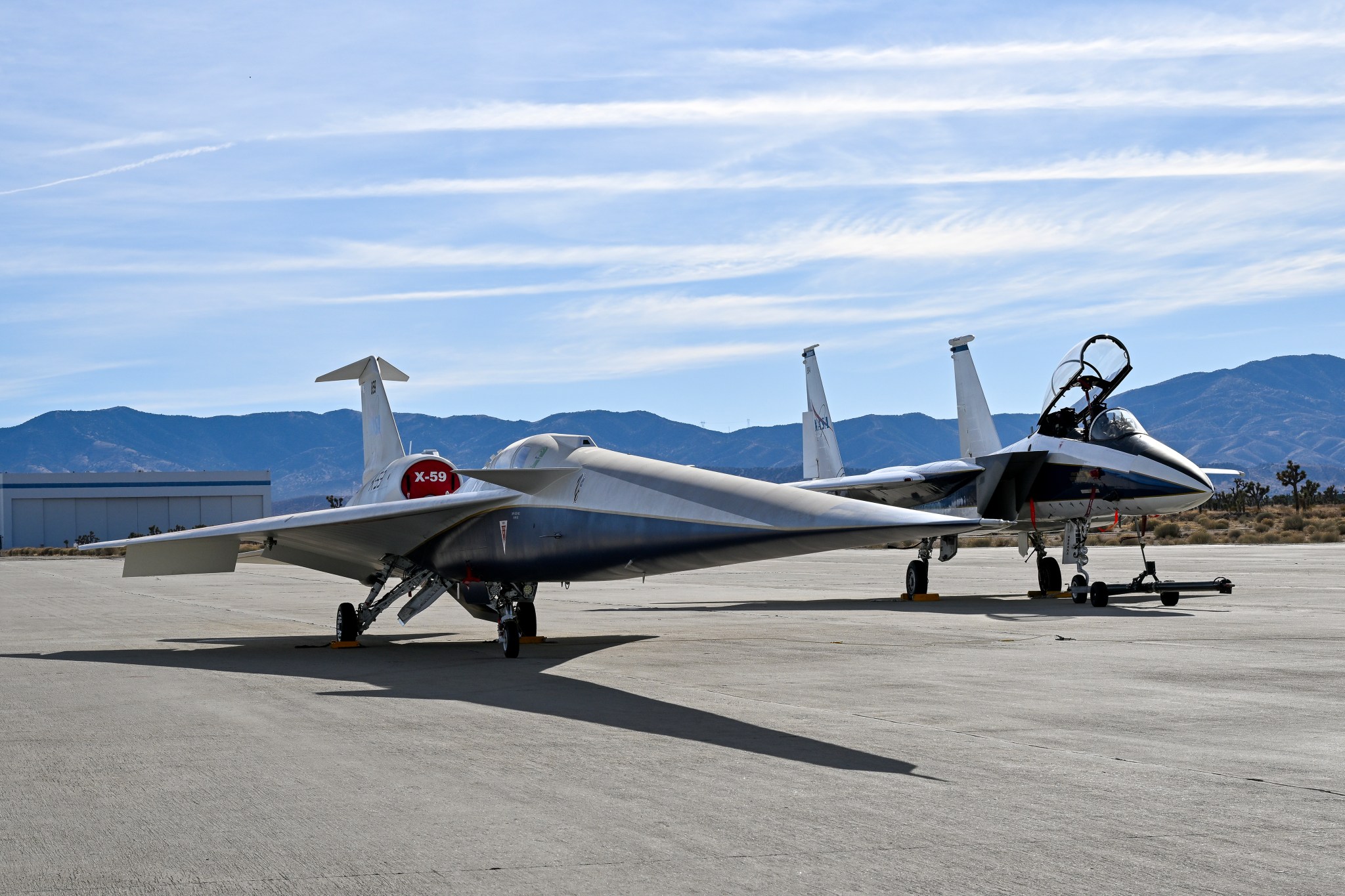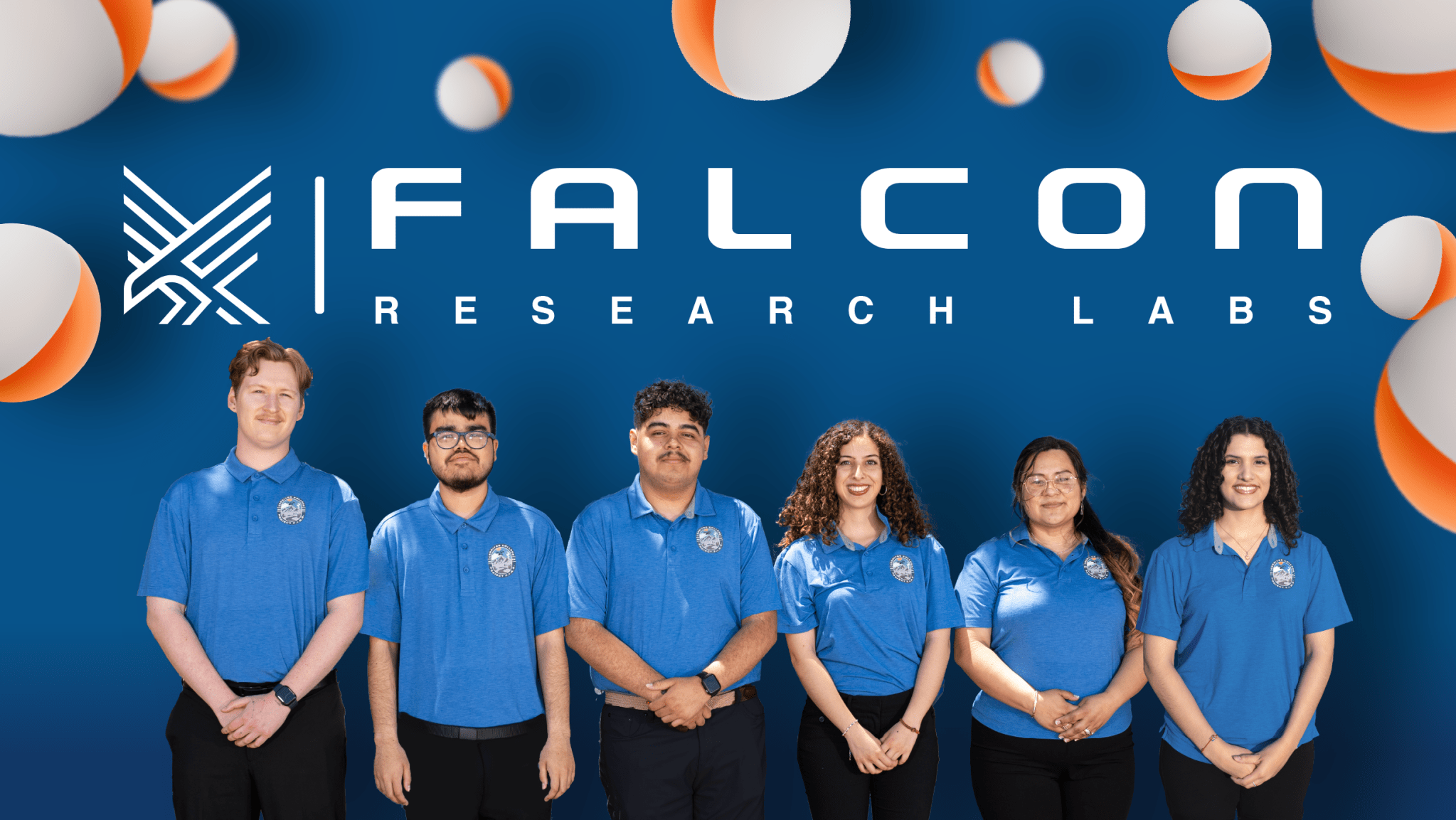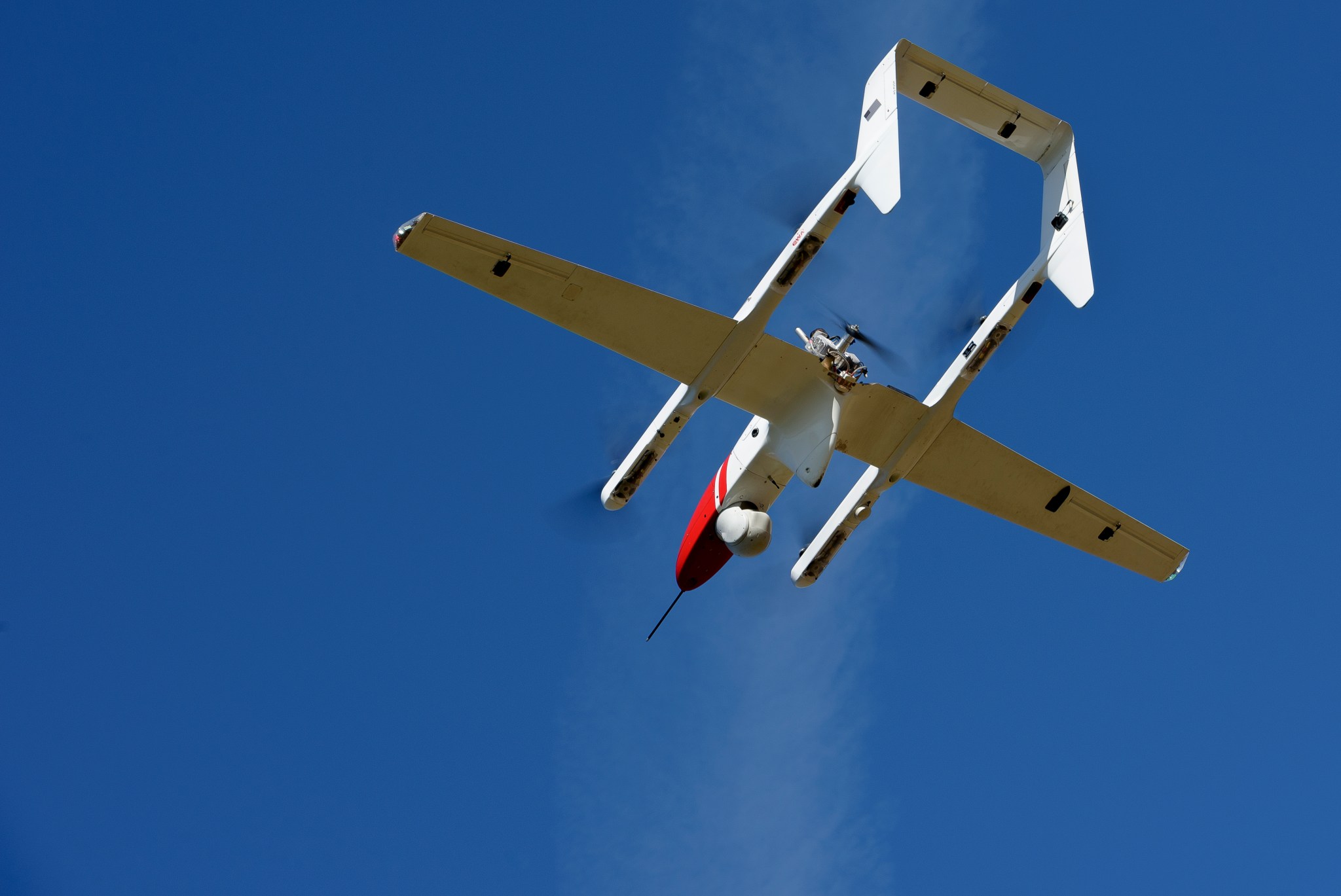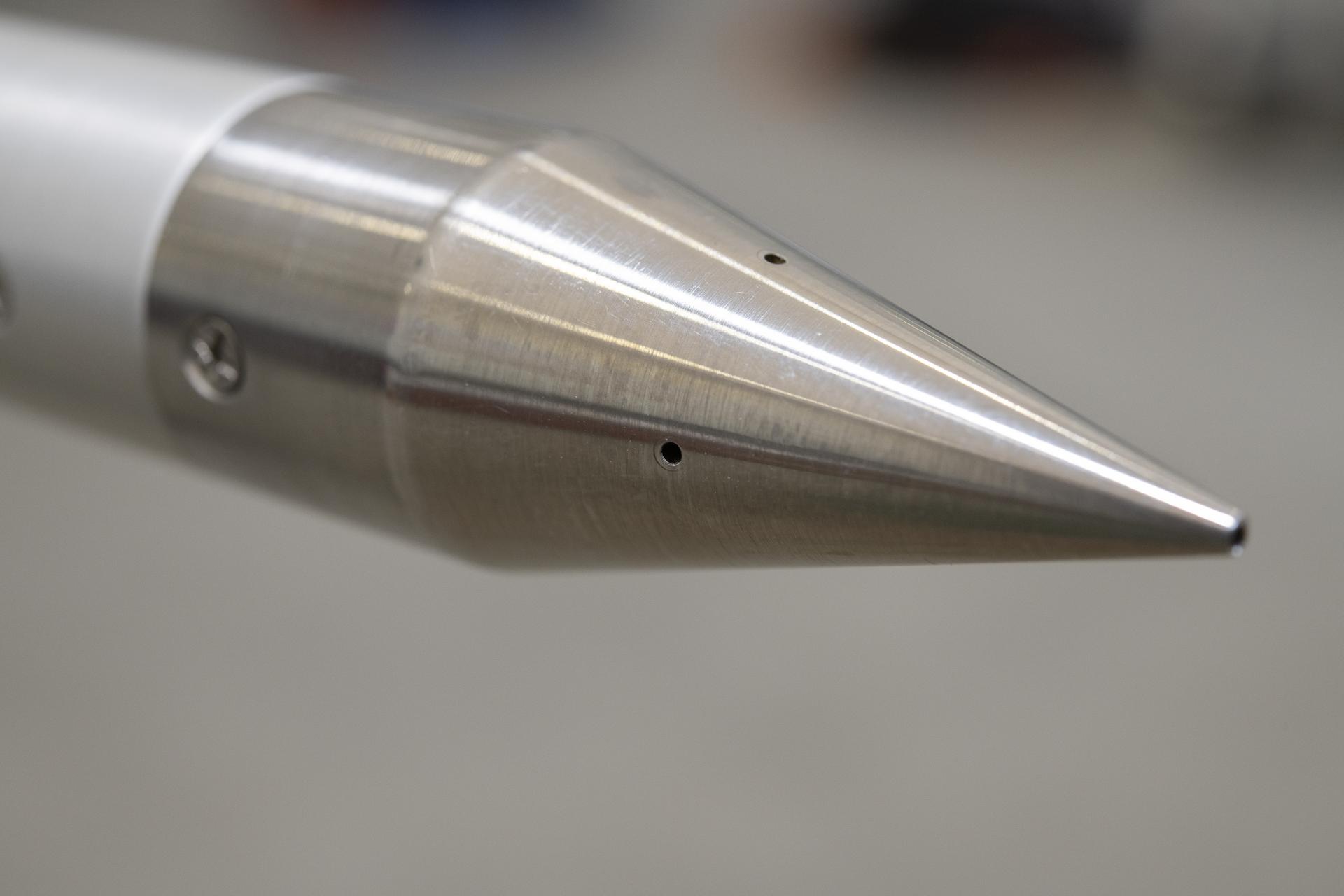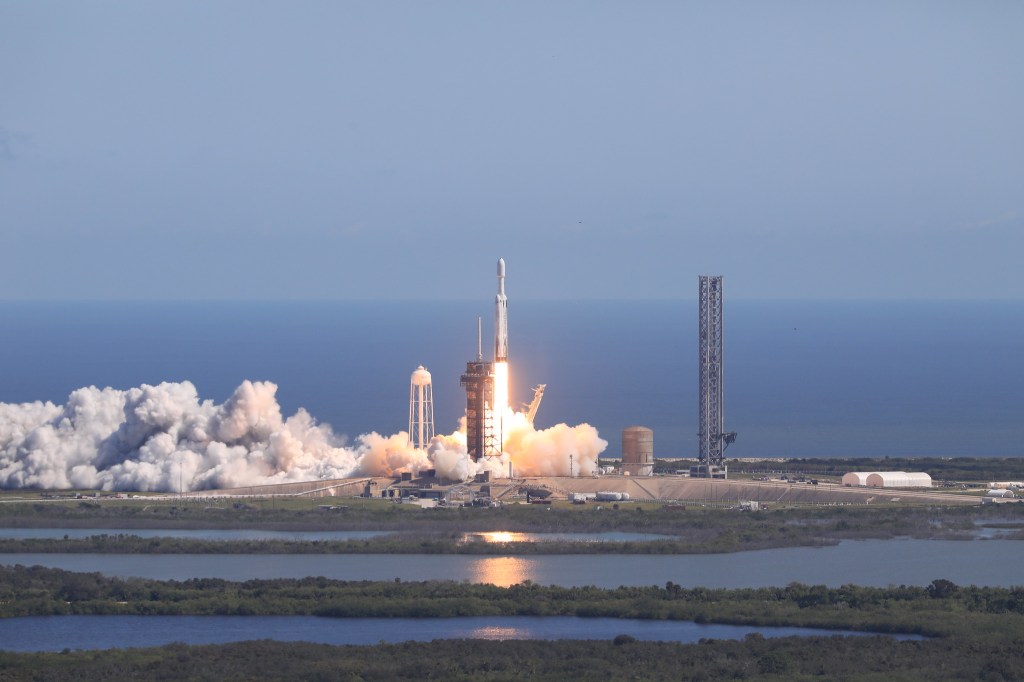5 min read Preparations for Next Moonwalk Simulations Underway (and Underwater) NASA’s X-59 quiet supersonic research aircraft is seen during its “aluminum bird” systems testing at Lockheed Martin’s Skunk Works facility in Palmdale, California. The test verified how the aircraft’s hardware and software work together, responding to pilot inputs and handling injected system failures. Lockheed Martin / Garry Tice NASA’s X-59 quiet supersonic research aircraft successfully completed a critical series of tests in which the airplane was put through its paces for cruising high above the California desert – all…
Read MoreTag: Aeronautics Research Mission Directorate
NASA Makes Progress on Advanced Drone Safety Management System
4 min read Preparations for Next Moonwalk Simulations Underway (and Underwater) A Massachusetts Institute of Technology Lincoln Laboratory pilot controls a drone during NASA’s In-Time Aviation Safety Management System test series in collaboration with a George Washington University team July 17-18, 2024, at the U.S. Army’s Fort Devens in Devens, Massachusetts. MIT Lincoln Laboratory/Jay Couturier From agriculture and law enforcement to entertainment and disaster response, industries are increasingly turning to drones for help, but the growing volume of these aircraft will require trusted safety management systems to maintain safe operations.…
Read MoreNASA Boosts Efficiency with Custom X-66 Flooring
2 min read Preparations for Next Moonwalk Simulations Underway (and Underwater) Eric Garza, an engineering technician in the Experimental Fabrication Shop at NASA’s Armstrong Flight Research Center in Edwards, California, cuts plywood to size for temporary floorboards for the X-66 experimental demonstrator aircraft on Aug. 26, 2024. NASA/Steve Freeman NASA designed temporary floorboards for the MD-90 aircraft to use while it is transformed into the X-66 experimental demonstrator aircraft. These floorboards will protect the original flooring and streamline the modification process. Supporting the agency’s Sustainable Flight Demonstrator project, a small…
Read MoreNASA’s X-59 Completes ‘Cruise Control’ Engine Speed Hold Test
2 min read Preparations for Next Moonwalk Simulations Underway (and Underwater) NASA’s X-59 quiet supersonic research aircraft sits on a ramp at Lockheed Martin Skunk Works in Palmdale, California, during sunset. The one-of-a-kind aircraft is powered by a General Electric F414 engine, a variant of the engines used on F/A-18 fighter jets. The engine is mounted above the fuselage to reduce the number of shockwaves that reach the ground. The X-59 is the centerpiece of NASA’s Quesst mission, which aims to demonstrate quiet supersonic flight and enable future commercial travel…
Read MoreNASA’s X-59 Completes Electromagnetic Testing
3 min read Preparations for Next Moonwalk Simulations Underway (and Underwater) NASA’s F-15D research aircraft is positioned adjacent to the X-59 during electromagnetic compatibility testing at U.S. Air Force Plant 42 in Palmdale, California. Researchers activated the F-15D’s radar, C-band transponder, and radios at different distances from the X-59 to evaluate potential electromagnetic interference with the aircraft’s flight-critical systems, ensuring the X-59 can operate safely with other aircraft. These tests showed that the aircraft’s integration is maturing and cleared a major hurdle that moves it one step closer to first…
Read MoreNASA University Research Program Makes First Award to a Community College Project
4 min read Preparations for Next Moonwalk Simulations Underway (and Underwater) The Project F.I.R.E. team, part of Falcon Research Labs and current students at Cerritos Community College in California, is researching the use of drones to extinguish fires as part of a NASA research award called the University Student Research Challenge. From left, Logan Stahl, Juan Villa, Angel Ortega, Larisa Mayoral, Jenny Escobar, and Paola Mayoral-Jimenez. Falcon Research Labs Great ideas, and the talent and passion that bring them to life, can be found anywhere. In that spirit, NASA’s University…
Read MoreNASA Flight Tests Wildland Fire Tech Ahead of Demo
An FVR90 unmanned aerial vehicle (UAV) lifts off from the Monterey Bay Academy Airport near Watsonville, California, during the Advanced Capabilities for Emergency Response Operations (ACERO) Shakedown Test in November 2024. NASA/Don Richey NASA is collaborating with the wildfire community to provide tools for some of the most challenging aspects of firefighting – particularly aerial nighttime operations. In the future, agencies could more efficiently use drones, both remotely piloted and fully autonomous, to help fight wildfires. NASA recently tested technologies with teams across the country that will enable aircraft –…
Read MoreLa NASA probará tecnología para medir las singulares ondas de choque del X-59
4 min read Preparations for Next Moonwalk Simulations Underway (and Underwater) Un detalle de la sonda de detección de impactos de la NASA resalta sus puertos de presión, diseñados para medir los cambios de presión del aire durante el vuelo supersónico. La sonda se montará en el F-15B de la NASA para realizar vuelos de calibración, validando su capacidad de medir las ondas de choque generadas por el X-59 para la misión Quesst de la NASA. NASA/Lauren Hughes Un F-15B de la NASA realiza un vuelo de calibración de una…
Read MoreNASA Accelerates Space Exploration, Earth Science for All in 2024
With a look back at 2024, NASA is celebrating its many innovative and inspiring accomplishments this year including for the first time, landing new science and technology on the Moon with an American company, pushing the boundaries of exploration by launching a new mission to study Jupiter’s icy moon Europa; maintaining 24 years of continuous human exploration off the Earth aboard the International Space Station, and unveiling the first look at its supersonic quiet aircraft for the benefit of humanity. The agency also shared the wonder of a total eclipse…
Read MoreNASA to Test Technology for X-59’s Unique Shock Wave Measurements
3 min read Preparations for Next Moonwalk Simulations Underway (and Underwater) A close-up of NASA’s shock-sensing probe highlights its pressure ports, designed to measure air pressure changes during supersonic flight. The probe will be mounted on NASA’s F-15B Aeronautics Research Test Bed for calibration flights, validating its ability to measure shock waves generated by the X 59 as part of NASA’s Quesst mission to provide data on quiet supersonic flight. NASA/Lauren Hughes NASA’s F-15B Aeronautics Research Test Bed performs a calibration flight of the shock-sensing probe over Edwards, California, on…
Read More